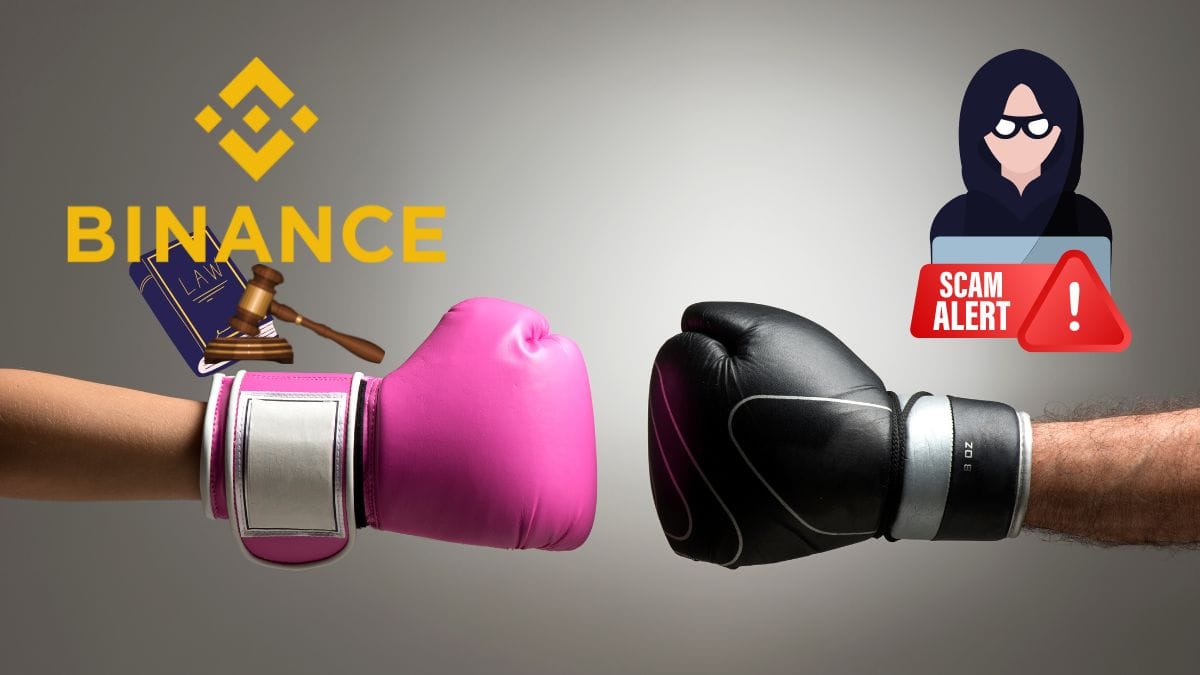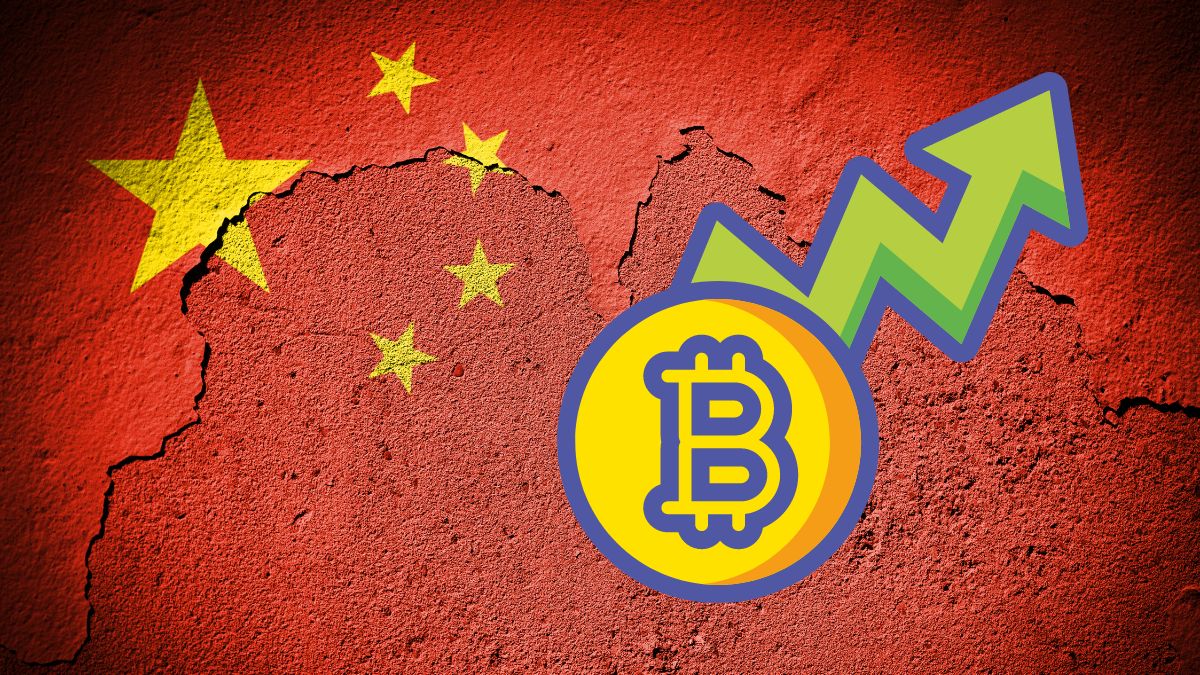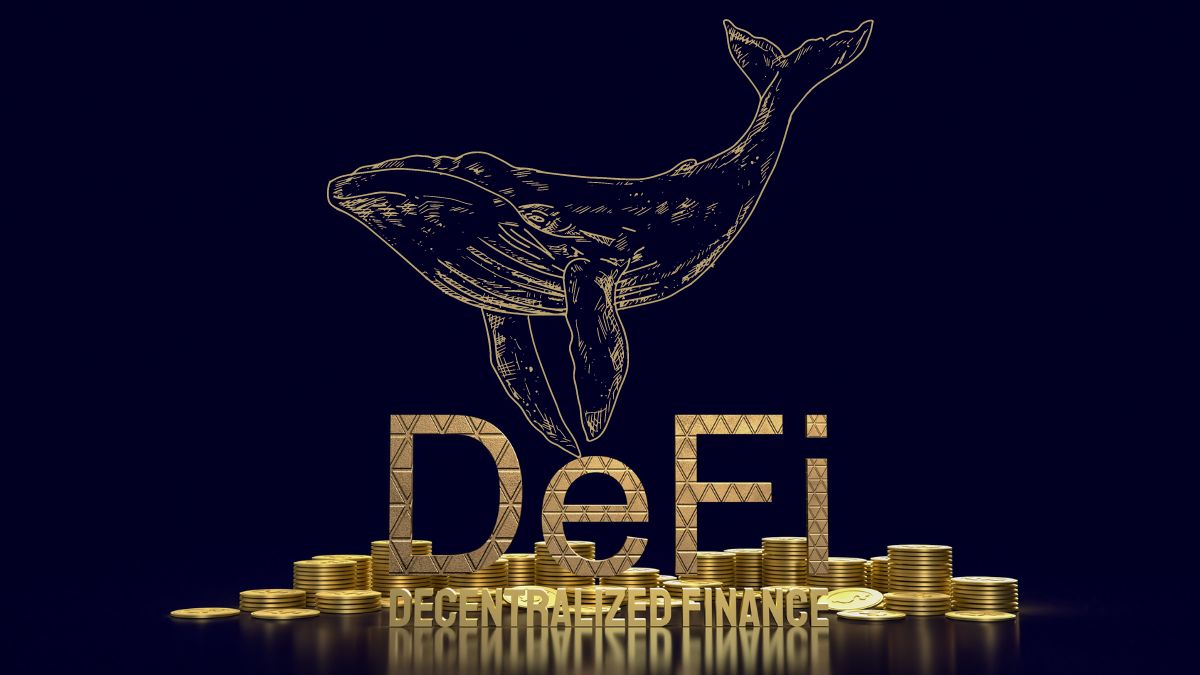
Silvergate Bank, one of the top crypto lenders in the world, is facing the biggest test in its four-year history. From the inception of its digital asset-focused banking operations, regulators warned such lenders to not focus solely on crypto-currencies, and now Silvergate is experiencing the full force of that warning. With nearly a billion dollars in deposits evaporating from its core customer base and investigations from two government agencies, Silvergate finds itself at the edge of the cliff, uncertain of whether they will be the first crypto-focused bank to face receivership.
Silvergate made a name for itself in the crypto industry by onboarding large institutional and exchange customers, but their successes abruptly came to an end in late 2022 when their customers’ deposits plummeted from nearly $12 billion to under $4 billion, mostly as a result of several high-profile bankruptcies and legal disputes. The bank could no longer sustain such a rapid outflow of capital and its reported assets size decreased from a high of $16 billion in the fourth quarter of 2021 to $11.4 billion in the same quarter of 2022.
The bank’s capital ratios slid just as quickly, plummeting from 11.3% at the end of 2021 to just 5.4% at the end of 2022—the level at which the U.S. Federal Reserve and FDIC consider a bank to be under capitalized and vulnerable to emergency intervention from regulators. (https://midnightmusic.com/) Even more alarming is the fact that Silvergate’s capital ratios are now below that of the Farmers and Merchants Bank of California—the scale of a mid-range community bank.
The reverberations of Silvergate’s insolvency has been felt throughout the digital asset industry. Coinbase and several other digital asset companies have distanced themselves from the bank while hedge funds and investors have been shorting its stock, with 71% of all shares sold short. The bank itself has delayed filing its annual 10-K SEC report and has taken out a loan from the Federal Home Loan Bank to fill their coffers.
The silver lining to all of this is that it has further highlighted the need for crypto companies to seek out regulated financial institutions. It’s not just a matter of convenience, but of survival, as the market needs to have the trust of traditional financial actors in order to succeed. Despite the struggles of Silvergate, the lesson of the situation is clear: crypto organisations who remain aware of their risks and take steps towards mitigating them stand the best chance of success.



















